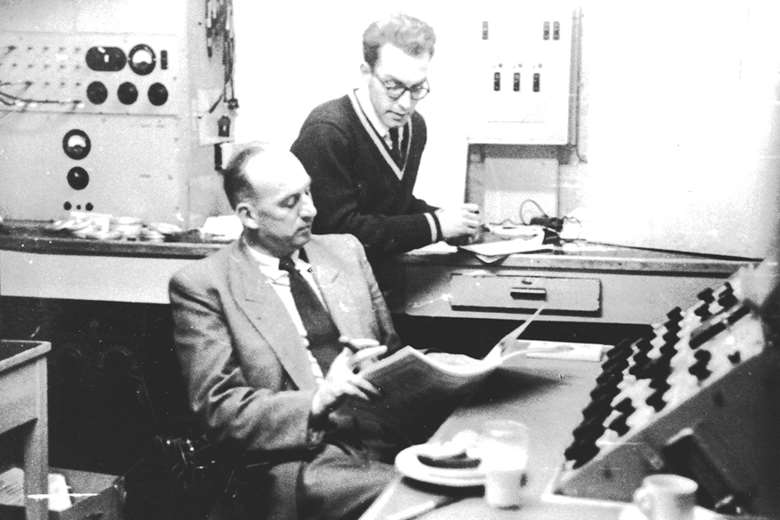Hans Lauterslager: the balance engineer on life at Philips
Jon Tolansky
Friday, February 25, 2022
A career recalled: from the birth of CD, to capturing Bayreuth's Festspielhaus unique sound

Register now to continue reading
Thanks for exploring the Gramophone website. Sign up for a free account today to enjoy the following benefits:
- Free access to 3 subscriber-only articles per month
- Unlimited access to our news, podcasts and awards pages
- Free weekly email newsletter








